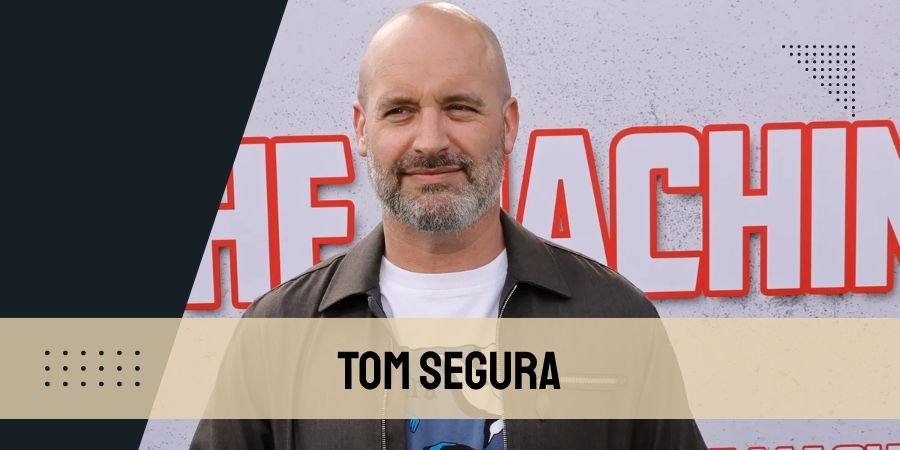A Central Bank Digital Currency, or CBDC, is just that, money, but digital, and distributed by the government. It’s kind of like a digital equivalent of the cash you already carry, such as dollar bills, but instead of having it in your wallet, you’d have it in a digital wallet or app. Unlike Bitcoin or other crypto-currencies, a CBDC would be backed by the central bank, in the US the Federal Reserve. That’s significant because it means it’s official and stable, not some online coin that could be here today and gone tomorrow.
Why are We Talking About Digital Dollars Now
The way we deal with money has transformed in the last few years. We no longer carry large amounts of cash around. We pay with cards, phone apps, and online accounts for nearly everything, coffee to rent. And yet, other nations like China are already piloting their own digital currencies. This has made a huge question for the US: should the dollar become digital as well?
The Federal Reserve has been exploring this concept, and although nothing has been introduced yet, the conversation about CBDCs is picking up steam. It’s not about immediately replacing cash but providing a new, potentially improved alternative for how we spend, save, and move money.
How Would a Digital Dollar Work in Everyday Life
Picture your pay delivered automatically to your electronic wallet. No direct deposit wait. No charges. Buying groceries, gas, or sharing dinner with friends might be as simple as sending a text message. You wouldn’t even need a bank account to get access to it either, something that might benefit nearly two million Americans who are now “unbanked” or underbanked.
That’s one of the grand promises of a digital dollar. It could make money more quickly, more accessible, and simpler to control. For companies, it could mean faster payments and less expense associated with card processing or accepting cash.
What Happens to Privacy and Control
That’s where the conversation gets serious. With a CBDC, all digital transactions could, in theory, be tracked by the central bank. That makes it easier to prevent fraud and illegal activity. But it also raises concerns about privacy. People want to know how their data will be used, who can see what, and whether their digital money could ever be limited or frozen.
There’s also the question of control. If the government is controlling the currency system completely, what happens to the traditional banks and credit unions? Do they lose power? Or do they learn and grow together with digital currencies?
These are the fears that make the digital dollar so talked-about, not only in finance, but politics and watercooler conversations too.
Could This Harm the US Dollar’s Global Influence
The most dominant currency in the world is the US dollar. It’s utilized in trade agreements, investments, and savings worldwide. If the US fails to keep pace with other nations working towards creating their own digital currencies, it will be left behind. That’s not what policymakers desire.
A well-constructed digital dollar might actually further the position of the US within the global economy. It would make cross-border payments quicker and cheaper, place the US in the lead regarding financial technology, and ensure the dollar is still the currency people turn to when they want to use money across borders.
But the implementation has to be intelligent, secure, and considered.
What’s Holding It Back
So if there are so many advantages to digital dollars, why hasn’t the US yet implemented one?
The short answer: it’s complicated.
Creating a new financial system that’s safe, private, and simple to use takes time. The government must test it, regulate it, and ensure it doesn’t harm the economy or leave people behind. And there’s also the need to collaborate with banks, tech companies, and even other nations to get it right. And let’s be real, change takes time, particularly when it’s about money.
What Can Everyday People Expect in the Coming Years
Don’t look for paper currency to vanish overnight. It’s safer to assume there will be an introduction of a digital dollar as an alternative rather than a complete replacement. Users who like traditional cash can keep using it. Users who seek the convenience of speed with online payments might explore the new format. It will likely come about in stages, perhaps initially as government disbursements, retail, and soon become part of the norm, like credit cards did.
It’s not the idea that matters, but how it’s presented. If done correctly, a digital dollar could modernize the financial system, lower fees, and bring more people into the economy. But it must safeguard privacy, provide choice, and serve everyone, from urban centers to small towns.
Central Bank Digital Currencies can seem like science fiction, but they’re already entering the global discussion of today. For the US, it’s not about being competitive. It’s about building a safer, smarter way to use money that benefits all. Whether digital dollars will replace cash entirely is yet to be determined, but one thing is certain: change is coming, and it’s worth paying attention to.
Read Also: Why Kai Cenat’s Twitch Subathons Massively Boost His Net Worth












